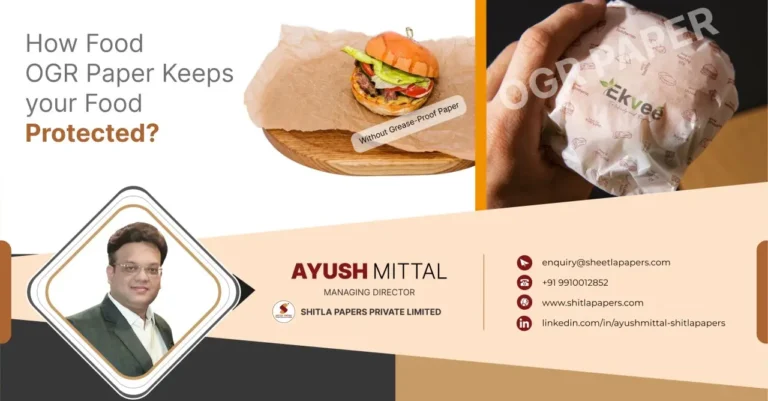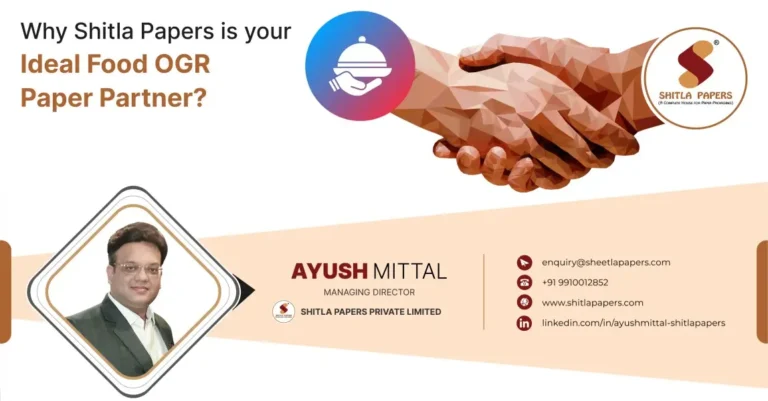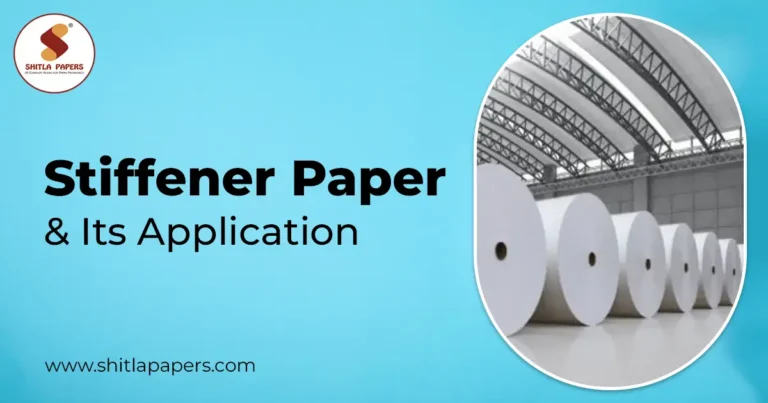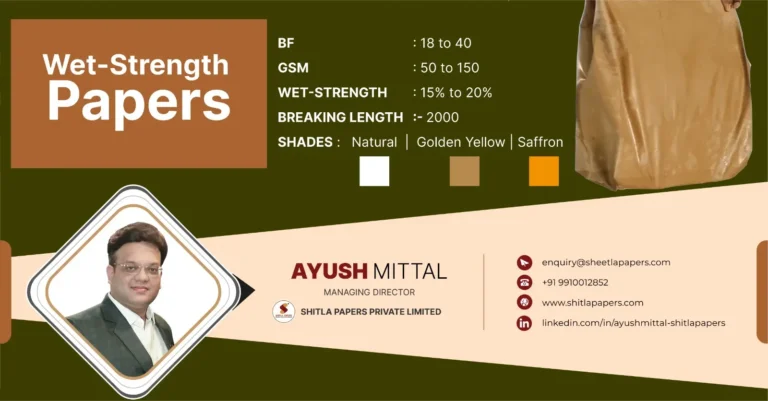Sustainable Packaging: Enhancing Environmental Responsibility in Business Operations
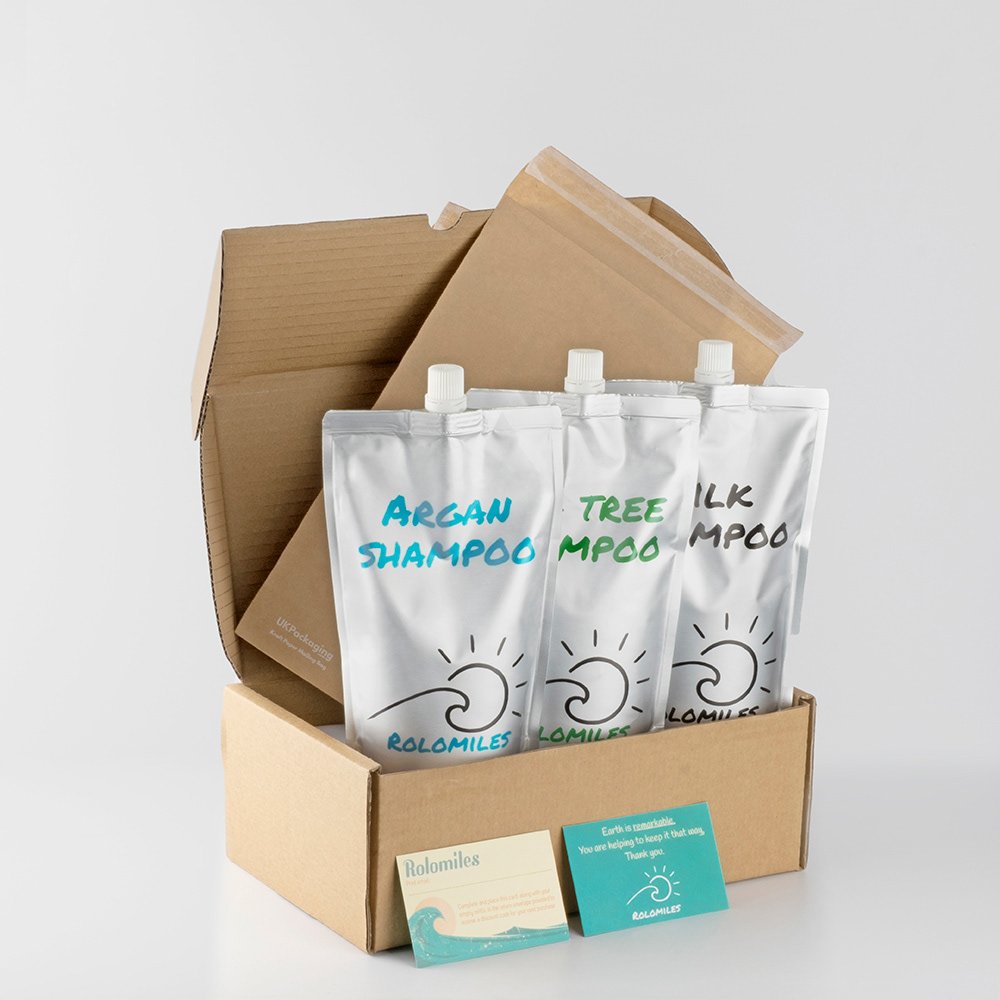
Introduction
At Shitla Paper, we firmly believe in promoting sustainability and environmental responsibility in all aspects of business operations. In this comprehensive guide, we will delve into the importance of sustainable packaging and its significant impact on the environment. As a leading advocate for eco-friendly practices, we aim to provide you with invaluable insights and practical solutions to help your business outrank the competition and achieve a higher level of environmental consciousness.
The Growing Need for Sustainable Packaging
In today’s world, where environmental concerns are at the forefront of societal consciousness, consumers are increasingly demanding sustainable solutions. As businesses strive to meet these expectations, the need for sustainable packaging becomes imperative. Sustainable packaging refers to the use of materials and design strategies that minimize the environmental impact throughout a product’s lifecycle, from production to disposal.
Environmental Benefits of Sustainable Packaging
Reduced Carbon Footprint: Sustainable packaging solutions contribute to a significant reduction in carbon emissions. By employing eco-friendly materials and optimizing packaging designs, businesses can minimize their carbon footprint and mitigate the adverse effects of climate change.
Resource Conservation: Sustainable packaging prioritizes the efficient use of resources. By employing recycled materials and implementing innovative design approaches, businesses can minimize waste generation and conserve valuable resources such as water and energy.
Waste Reduction: One of the primary goals of sustainable packaging is to minimize waste generation. Through thoughtful design and the use of biodegradable and compostable materials, businesses can help alleviate the burden on landfills and reduce pollution caused by traditional packaging methods.
Key Strategies for Implementing Sustainable Packaging
Material Selection: Choosing sustainable materials is a crucial step towards achieving eco-friendly packaging. Opt for renewable resources, such as plant-based bioplastics or recycled materials, that have a minimal impact on the environment.
Design Optimization: Streamlining packaging design can significantly reduce material usage and waste generation. Implementing techniques such as right-sizing, which involves tailoring the packaging dimensions to the product, helps optimize space and reduce unnecessary packaging materials.
Lifecycle Assessment: Conducting a lifecycle assessment enables businesses to identify areas where sustainability improvements can be made. By analyzing the environmental impact of packaging materials, production processes, and disposal methods, companies can make informed decisions to enhance their overall sustainability performance.
Collaboration with Suppliers: Building strong partnerships with suppliers who share your commitment to sustainability is essential. Work closely with them to source eco-friendly materials and explore innovative packaging solutions that align with your business values.
The Competitive Advantage of Sustainable Packaging
Embracing sustainable packaging practices not only contributes to a healthier environment but also provides businesses with a competitive edge in the market. Consumers are increasingly gravitating towards brands that demonstrate social and environmental responsibility. By adopting sustainable packaging, businesses can:
Enhance Brand Image: A commitment to sustainability resonates with consumers who prioritize environmentally conscious products and services. Implementing sustainable packaging practices strengthens your brand’s image, fostering customer loyalty and trust.
Attract New Customers: Sustainable packaging serves as a powerful marketing tool, attracting environmentally conscious consumers who actively seek out eco-friendly products. By leveraging this demand, businesses can tap into new markets and expand their customer base.
Differentiate from Competitors: Standing out from the competition is crucial in today’s saturated market. Embracing sustainable packaging sets your brand apart, showcasing your dedication to environmental stewardship and giving consumers a compelling reason to choose your products or services over those of your competitors..
Conclusion
In conclusion, sustainable packaging plays a pivotal role in promoting environmental responsibility within business operations. By implementing the strategies outlined in this
section, businesses can effectively outrank competitors and establish themselves as leaders in sustainability. Remember, sustainable packaging is not just an ethical choice; it is also a smart business decision that can lead to increased customer loyalty, brand reputation, and market share.
At shitla paper, we are committed to helping businesses succeed in their sustainability efforts. We offer a wide range of sustainable packaging solutions tailored to meet the unique needs of each client. Our expert team works closely with you to develop packaging designs that minimize environmental impact without compromising on functionality or aesthetics.
The Path to a Sustainable Future
Achieving sustainable packaging requires a holistic approach that encompasses material selection, design optimization, lifecycle assessment, and collaboration with suppliers. By integrating these key strategies into your packaging processes, you can take significant strides towards a more sustainable future. Here’s a brief breakdown of each strategy:
1. Material Selection
Choosing the right materials is paramount when it comes to sustainable packaging. Opt for renewable, recyclable, and biodegradable options whenever possible. Materials such as recycled paper, cardboard, and plant-based bioplastics are excellent alternatives to traditional petroleum-based plastics. By prioritizing sustainable materials, you contribute to the circular economy and reduce reliance on finite resources.
2. Design Optimization
Streamlining packaging design is essential for reducing waste and maximizing efficiency. Right-sizing packaging to fit the product snugly eliminates excess material usage and minimizes transportation space, leading to reduced carbon emissions. Additionally, innovative design techniques like modular packaging systems and reusable packaging solutions can further enhance sustainability while offering convenience and functionality.
3. Lifecycle Assessment
Conducting a comprehensive lifecycle assessment enables you to identify areas where improvements can be made. Assess the environmental impact of your packaging materials throughout their entire lifecycle, including production, transportation, use, and disposal. This analysis provides valuable insights into where efficiencies can be gained, waste reduced, and sustainable alternatives implemented.
4. Collaboration with Suppliers
Forge partnerships with suppliers who share your commitment to sustainability. Collaborate closely with them to source eco-friendly materials and explore innovative packaging solutions. By working together, you can drive positive change throughout the supply chain and support the development of more sustainable practices.
Embrace Sustainable Packaging Today
In a world where environmental concerns continue to grow, adopting sustainable packaging practices is no longer an option but a necessity. By doing so, your business can lead the charge towards a greener future while enjoying numerous benefits, including:
- Increased brand reputation and customer loyalty
- Differentiation from competitors in a crowded marketplace
- Attraction of environmentally conscious consumers
- Reduction in carbon footprint and resource consumption
- Compliance with evolving regulatory requirements
At [Our Company], we understand the critical role sustainable packaging plays in your business’s success. Our dedicated team of experts is ready to support you in implementing effective and innovative sustainable packaging solutions that will help your business outrank the competition.
Contact us today to embark on a journey towards a more sustainable and prosperous future. Together, we can make a meaningful difference for the planet and your bottom line.
Remember, sustainability is not a trend; it’s a responsibility. Act now and be part of the movement towards a greener and more sustainable world.
Environmental Impact of Sustainable Packaging
Implementing sustainable packaging practices has a profound positive impact on the environment. Let’s explore some of the key environmental benefits:
1. Conservation of Natural Resources
Sustainable packaging minimizes the use of virgin resources by utilizing recycled and renewable materials. By opting for recycled paper, cardboard, or bioplastics made from plant-based sources, businesses can help conserve forests, reduce water consumption, and minimize the extraction of raw materials.
2. Energy Efficiency
The production of traditional packaging materials, such as plastic, often requires significant energy inputs. In contrast, sustainable packaging materials, like recycled paper or biodegradable alternatives, generally require less energy during the manufacturing process. By adopting these materials, businesses can contribute to overall energy efficiency and reduce greenhouse gas emissions.
3. Waste Reduction and Recycling
Traditional packaging often ends up in landfills, contributing to the global waste problem. Sustainable packaging solutions prioritize waste reduction and recycling. Choosing materials that are easily recyclable or compostable, along with promoting proper waste management practices, helps divert packaging waste from landfills and encourages a circular economy.
4. Reduced Pollution
The production and disposal of conventional packaging materials contribute to various forms of pollution, including air and water pollution. Sustainable packaging materials, on the other hand, are designed to minimize or eliminate harmful pollutants. By embracing sustainable packaging, businesses can play a vital role in safeguarding ecosystems and preserving water quality.
The Power of Consumer Demand
As businesses strive to outrank their competitors, it’s crucial to understand the power of consumer demand for sustainable products and packaging. Consumers are increasingly eco-conscious, and their purchasing decisions are often influenced by a brand’s commitment to sustainability. By integrating sustainable packaging practices, your business can effectively meet consumer expectations and gain a competitive edge.
Educating Consumers
In addition to implementing sustainable packaging practices, it’s important to educate consumers about the environmental benefits and value of sustainable packaging. By sharing information through marketing campaigns, product labels, and online content, you can raise awareness and inspire consumers to make informed choices that align with their environmental values.
Building Trust and Loyalty
Transparency and authenticity are essential when communicating your sustainable packaging efforts to consumers. Sharing your sustainability journey, certifications obtained, and third-party verifications can build trust and foster long-term customer loyalty. Consumers appreciate businesses that prioritize sustainable practices and are more likely to support and recommend them to others.


